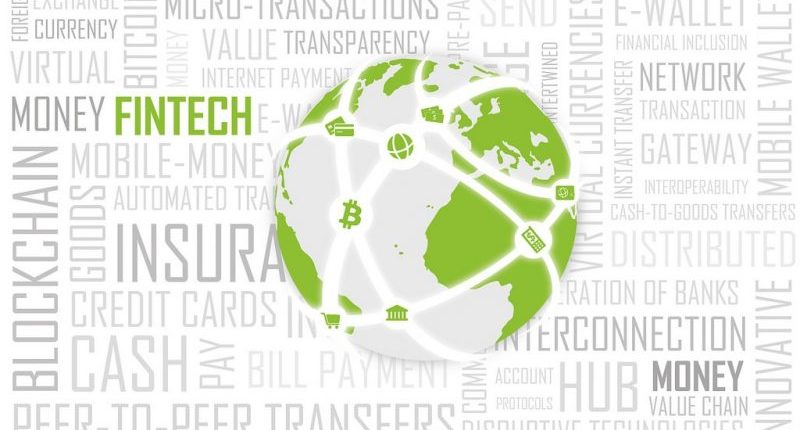Advancement in technology has incubated the growth of several industries in India such as e-commerce, hailing, food and grocery delivery, digital payments, and more. FinTech is another sector that has seen fast growth in recent times.
The scope of its growth is high in India as there is much to be done for better market penetration. With more and more FinTech products lining up to reach consumers, there is a need to build a framework to protect consumers’ privacy as well as organise market development through a regulatory sandbox approach.
What is Regulatory Sandbox?
A regulatory sandbox is a process of testing new products and services in a controlled/regulated environment within a specified protected data set. It insists on testing multiple innovations and failures can be analysed without an actual system risk.
Regulators, innovators, financial service providers, and end-users take part in field tests and collectively decide on the benefits and risks of the innovations. Consequently, low-cost financial products can be framed.
RBI Introduces New Regulatory Sandbox Initiative
The Reserve Bank of India (RBI) has set up an inter-regulatory Working Group (WG) to understand and prepare a report on the finer details of FinTech. The core agenda of setting this committee is to analyse the regulatory framework of the industry. The WG released the report on 8 February 2018 in order to receive public feedback. One of the significant recommendations made by WG is to provide a structure for regulatory sandbox (RS) that results in increased efficiency and manage risk.
Benefits of Sandbox
Here is a list of benefits that regulatory sandbox can bring-in:
- The RS encourages the concept of ‘learning by doing’. Regulators can experience the benefits and risks, i.e. the outcome of technology. This enables regulators to get an opinion on the new regulation/regulatory changes along with an eye on the possible risks.
- Financial service providers such as banks can understand the financial technologies better leading to aligning these technologies with their workflow.
- FinTech companies can understand the regulations in order to mould their products inline with these regulations.
- The feedback received from consumers/end-users will educate both regulators and innovators on the cost incurred and benefits available from such innovations.
- RS can stimulate areas such as microfinance, remittance, mobile banking, and digital payments; and increase the horizon for small savings and micro-insurance products.
- The product can be tested among a smaller group of users in the first place. If it proves to be useful, it can be rolled out in the broader market. On the other hand, if there are concerns, they can be fixed during the sandbox period before the actual launch of the product.
- The dependency on industry/stakeholder consultations can be reduced and more informed decisions can be taken based on a structured approach.
- RS can lead to increased product/service-based, reduced costs, and improved access to products/services.
Also Read: SEBI floats discussion paper on fintech Regulatory Sandbox
Quick Look at Other Countries’ Sandbox Initiatives
The regulations adopted in the FinTech industry across the countries of the world vary. Consider the case of the UK’s Financial Conduct Authority (FCA). With the launch of ‘Project Innovate’ in 2014, the FCA has received recognition for its sandbox that includes innovative models tested under a live market environment. About 500 companies have received the support of sandbox so far.
The UK’s FinTech membership body, Innovate Finance launched its own regulatory sandbox in 2015. The Authority for the Financial Markets (AFM) and De Nederlandsche Bank (DNB) have been running a regulatory sandbox in the Netherlands since 2016.
In addition, FCS has announced the creation of Global Financial Innovation Network (GFIN) where it has partnered with 11 foreign regulators and related firms from across the world.
This network is to realise the ‘global sandbox’ which reduces the time to bring ideas to international markets. Two of these regulators are the Hong Kong Monetary Authority (HKMA) and the Monetary Authority of Singapore (MAS).
The concept of the regulatory sandbox has been displaying the potential to solve problems at the source of credit solutions. However, it may come at a certain cost.





